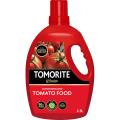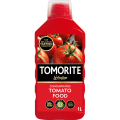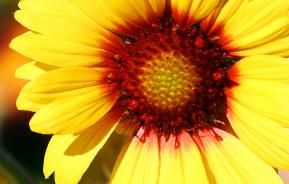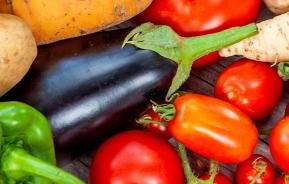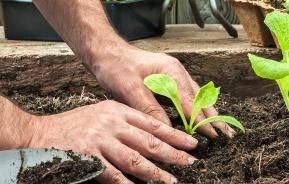Allotment gardening is enjoying something of a renaissance. With the Big Allotment Challenge on the TV, celebrity chefs piquing foodies' interest in where their ingredients actually come from, and a growing awareness of the benefits of reducing the 'food miles' of the produce we consume, it's never been more popular. Take into account the health benefits of gardening as physical activity, and it's easy to see why the humble allotment holds such appeal for so many.
Unfortunately, this surge in demand does mean that allotment waiting lists are often very long. Some councils are reacting to this by splitting larger plots into smaller ones, and most will have strict rules about how much of each plot needs to be cultivated, to ensure that allotments aren't wasted. If you're lucky enough to get one, you'll want to make the most of it. Find out how with our beginner's guide.
Where To Start With Your Allotment Garden
You've applied to your local council, you've waited and waited, and finally, the day arrives when you're given the tenancy agreement of your very first allotment. Naturally, you can't wait to start cultivating your plot.
Sometimes, however, you might need to do a little work clearing your allotment before you get started. If the previous tenant has left rubbish which is still there when you arrive, contact the council you're renting it from as soon as possible. They'll usually remove non-compostable waste for free, but for new tenants only - so don't delay.
You'll probably need to clear any organic matter yourself. Rules about whether bonfires are permitted vary from site to site, so if you're planning on burning any waste on your plot, be sure to check the rules first.
Allotment Planning - Get It Right First Time
Many allotment gardeners use their plot as a way to become more self-sufficient, growing fruit and vegetables for their own kitchen tables. However, it's not uncommon to use some or even all of the plot for flowers instead, particularly for those with a love of gardening who don't have outdoor space at home.
When deciding what to plant, you'll want to take into account the amount of space you have available to you, the general conditions (soil type, exposure to strong winds), and the amount of time you have to spend at your plot. Also, depending on your available space, you could install a water **** or similar container and reuse the rainwater to feed your growing plants.
If you're a beginner gardener and you have the chance of applying for a smaller plot, do consider it, particularly if your time is at a premium. It's a great way to test the lay of the land - literally! - and gain gardening expertise without becoming overwhelmed. However, don't be afraid to grow what you really want, even if it's something challenging - chances are, that's what you'll find the most rewarding. Just be sure to balance more high-maintenance plants with lower maintenance ones.
Another important thing to consider when planning your allotment garden is crop rotation. This is where you change the location of where you plant your vegetables each season. Crop rotation helps to prevent pests and disease build-up where they are particular to a certain crop. Annual crops like runner beans, salads and squashes are perfect for this.
What Can You Grow In An Allotment?
If you have a full-size allotment and you're looking to become self-sufficient in fruit and veg, go for as much variety as you think you can handle and, where possible, try to stagger planting times for crops that have to be harvested quickly, like salads and lettuce leaves. Your family might love courgettes now, but this love is likely to wane if they're eating them at every meal! Alternatively, choose crops that you can preserve - homemade jams and chutneys are a delicious way to make the most of a bumper crop.
If you're hoping to plant fruit trees, make sure to check your site's regulations first - some councils are very strict about the amount you can grow and where you can position them.
The key to successful allotment gardening is planning ahead and staying on top of essential tasks like weeding and harvesting crops before they go past their best. A smartphone app is a useful new development for this as you can check it on the go, but if you prefer pencil and paper that's great too.
Finally, have reasonable expectations about your first year's crops. As with anything, your expertise will also take time to grow. Get your hands dirty, keep trying, and relish each tasty green bean or perfect bloom you bring home from your allotment.



